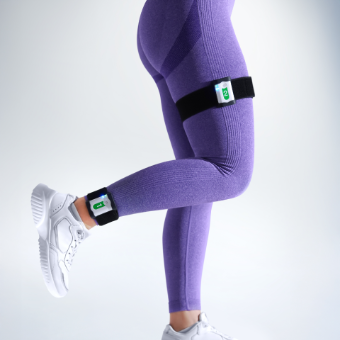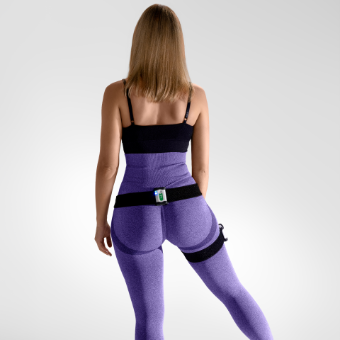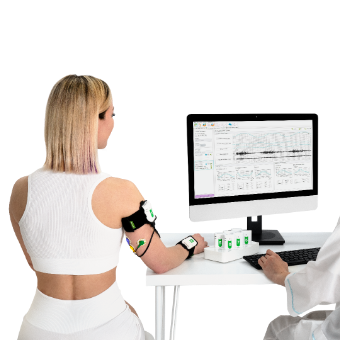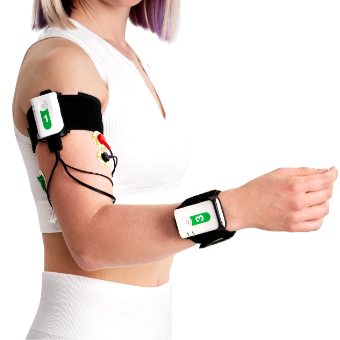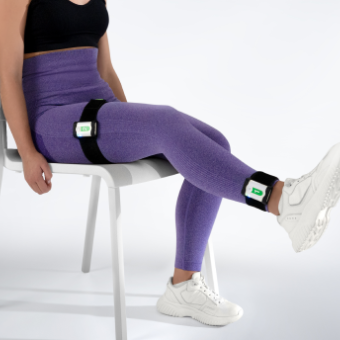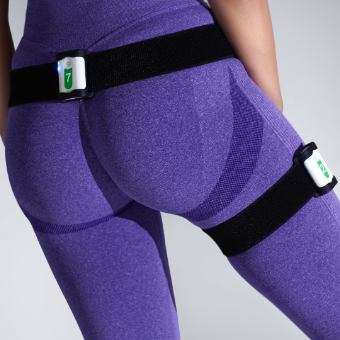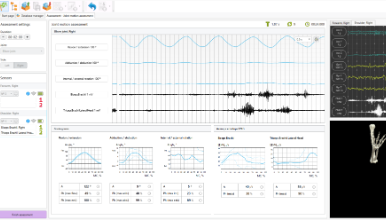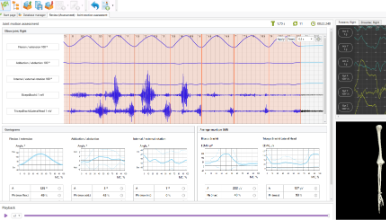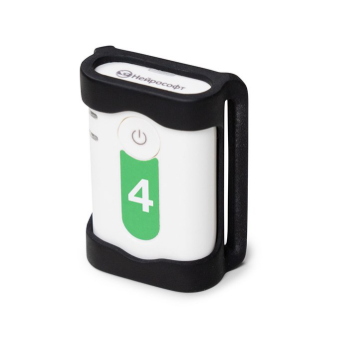Steadys-Kinematics
system for assessment of joint movements
- objective analysis of joint and spine movements
- synchronized EMG and joint movements
- only 2 minutes for examination
- compact and portable
- progress tracking
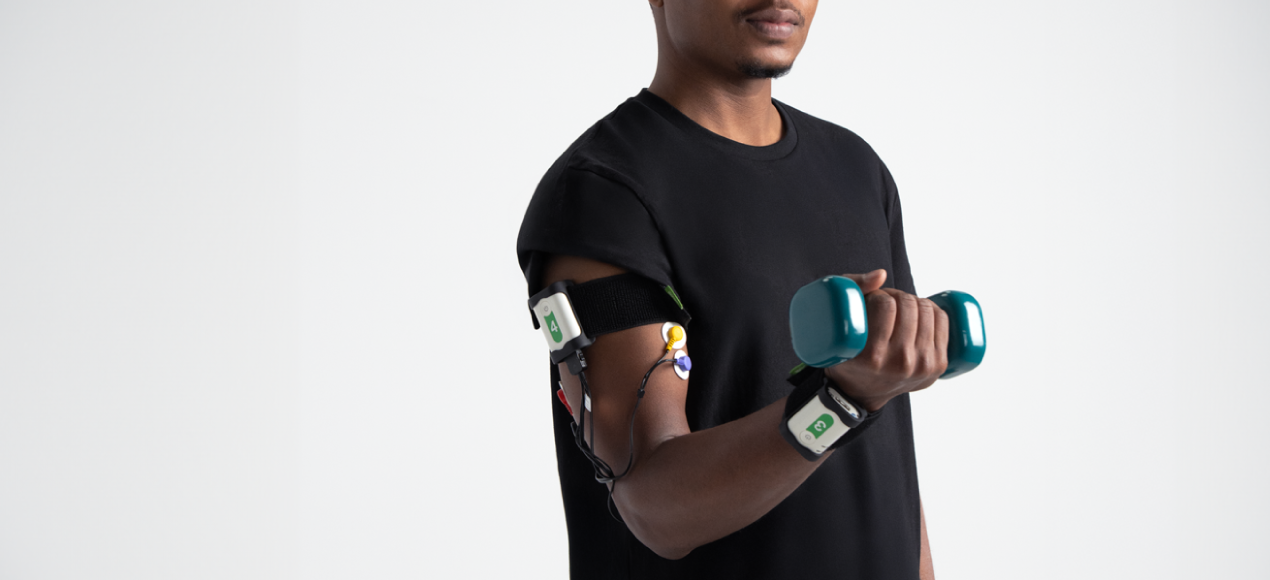
Description
Objective analysis of joint and spine movements
Objective assessment of movement is necessary to evaluate the impairment severity in stroke patients, patients with paresis, muscular dystrophy, paralysis, cerebral palsy, Parkinson’s disease, etc., and also to monitor rehabilitation progress.
The Neurosens inertial measurement unit (IMU) sensors are used for objective analysis of joint and spine movements. The position of each sensor is tracked in space with high accuracy, whereas the analysis is performed automatically without human intervention.
The Neurosens sensors record movement amplitude for a specific body joint in a specific anatomic plane (flexion, extension, abduction, adduction, rotation) as well as EMG data. The software allows detecting and recording even the slightest movements that cannot be distinguished by the human eye and enables an objective and accurate assessment of the movement parameters.
Synchronized EMG and joint movements
Assessment of the neuromuscular function is impossible without EMG data, when both EMG and the movement parameters are synchronized recorded. This approach helps to identify and differentiate the impairment severity, compensation and decompensation of movement disorders.
Now you do not need to use an additional EMG system to determine if the muscles are correctly involved in movement. The movement parameters and EMG are both recorded by one small device — the Neurosens IMU sensor. And that's it, no more additional devices or cables on the patient’s body. The Steadys-Kinematics system is guaranteed to save your time.
Compact and portable
All equipment required for the exam fits in one small shoulder bag that weighs only 2 kilos. This way, the exam can be performed in the patient's room without the need to move anywhere for a particular equipped space.
Progress tracking
All data obtained during the exams is stored in the software database. It only takes one button to generate a report for a comprehensive assessment of changes.
Delivery Set
The delivery set can differ from country to country. Request the actual delivery set for your country from your local representative.
| Neurosens IMU sensor | 2 pcs. |
| License for "Steadys-Kinematics" software | 1 pcs. |
| Charging cable | 2 pcs. |
| IMU sensor mount | 4 pcs. |
| License for "Steadys-Kinematics" software with EMG software module | 1 pcs. |
| Set of number stickers | 1 pcs. |
| Elastic strap (0.2 m) | 1 pcs. |
| Elastic strap (0.3 m) | 1 pcs. |
| Elastic strap (0.5 m) | 1 pcs. |
| Elastic strap (0.7 m) | 1 pcs. |
| EMG cable (0.2 m) | 1 pcs. |
| EMG cable (0.3 m) | 1 pcs. |
| EMG cable (0.5 m) | 1 pcs. |
| Disposable ECG electrode (D=26 mm, price for 1 pcs., comes in packs of 30 pcs.) | 90 pcs. |
| Software protection dongle | 1 pcs. |
| Holder for video camera | 1 pcs. |
| Wireless router | 1 pcs. |
| USB extension cable (USB2.0 USB A(m) - USB A(f), 5m) | 1 pcs. |
| Package set | 1 pcs. |
| Bottom box insert | 1 pcs. |
| Upper box insert | 1 pcs. |
| 23,8" Monitor | 1 pcs. |
| Technical Manual «Neurosens Set of IMU Sensors» | 1 pcs. |
| Technical manual «Steadys» | 1 pcs. |
| Annex to user manual «Exam Manager» | 1 pcs. |
| Warranty certificate | 1 pcs. |
Options
-
Стэдис_Декларация о соответствии_03.08.2022
666,55 KB
-
Свидетельство о регистрации ПО Стэдис-Кинематика
990,58 KB
-
Выписка из единого реестра российских программ для ЭВМ ПО "Стэдис-Кинематика"
192,5 KB
-
Стэдис_Регистрационное удостоверение_KZ_13.11.2024
677,09 KB
-
Свидетельство на товарный знак Стэдис
791,71 KB
-
Стэдис_Регистрационное удостоверение_RF_03.09.2025
14,89 MB
